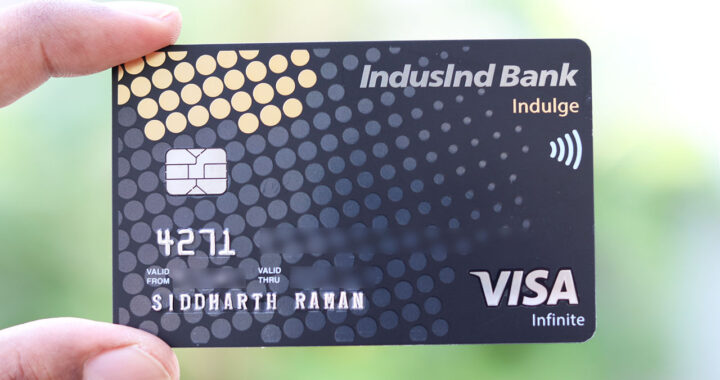Understanding the Enduring Value of Gold

Throughout history, gold has maintained its allure as a symbol of wealth and prosperity. Its intrinsic value lies in its lustrous quality and scarcity, which have captivated humans for centuries.
While most countries have moved away from the gold standard since the early 1970s, the precious metal has not lost its significance. Gold remains highly valued due to its widespread use in jewellery and collecting, serving as a universal medium of exchange even in the modern era.
Investing in physical gold, such as gold bars or coins, offers a tangible means of acquiring this precious commodity. When you buy gold bullion, make sure that you buy the highest purity gold. Gold bullion bars are typically sold in grams or ounces, with purity and weight stamped on each bar. Investment-grade gold bars must have a purity of at least 99.5%.
Gold coins, like the iconic American Gold Eagle or the esteemed Canadian Maple Leaf, hold a special allure for collectors worldwide. Despite commanding a premium over bullion, their historical significance and intrinsic beauty make them highly coveted. While some coins may contain less gold compared to standard bullion bars, reputable dealers meticulously authenticate each piece, guaranteeing both its genuineness and enduring value. This assurance not only safeguards collectors against counterfeit items but also adds an extra layer of confidence, knowing that when they buy gold bullion coins they will retain their value over time.
When contemplating the acquisition of physical gold, numerous factors warrant careful consideration. Chief among these is the matter of storage, whether opting for safekeeping at home or entrusting it to a custodian service. Secure storage options abound, ensuring the protection of one’s investment. Additionally, insurance coverage is essential to guard against potential theft or damage, albeit it adds to the overall expenses. It is advisable to procure gold from reputable manufacturers such as Credit Suisse and the Royal Canadian Mint, as their stamp of approval ensures both quality and the preservation of value over time.
Furthermore, purity is paramount, as it directly influences the metal’s worth. Gold bullion meeting defined purity standards is deemed investment-grade gold, reflecting its enduring value over time.
Gold, historically valued for its stability, faces fluctuating investment appeal due to its dual nature. It acts as a hedge against inflation and market turbulence but is also subject to high price volatility, posing risks for investors. While it’s considered a traditional safe haven, its inclusion in a well-diversified portfolio isn’t always essential. Many investors opt for a limited allocation of gold, recognizing its potential benefits while balancing risks. Therefore, while gold holds historical significance, its role in modern investment strategies varies, with its inclusion often contingent on individual risk tolerance and portfolio objectives.
In summary, gold’s enduring allure and scarcity contribute to its timeless value. Despite its intrinsic qualities, its role as an investment vehicle is influenced by market dynamics and investor sentiment. Therefore, comprehending the intricacies of gold investment is crucial for diversifying portfolios and mitigating economic uncertainties. Additionally, exploring historical trends and emerging market factors can provide valuable insights for informed decision-making in the realm of gold investments.









